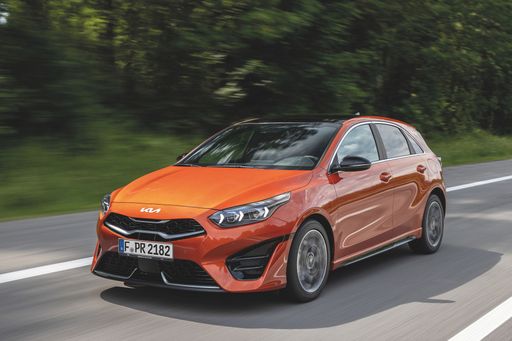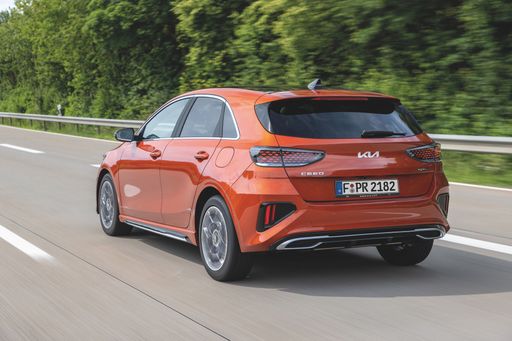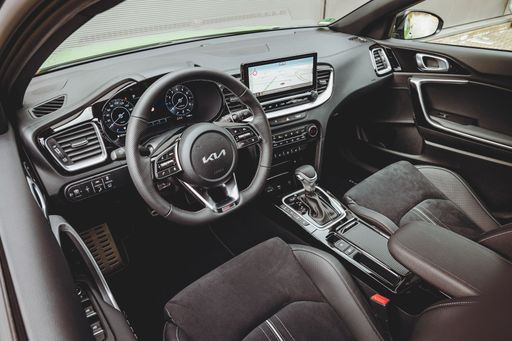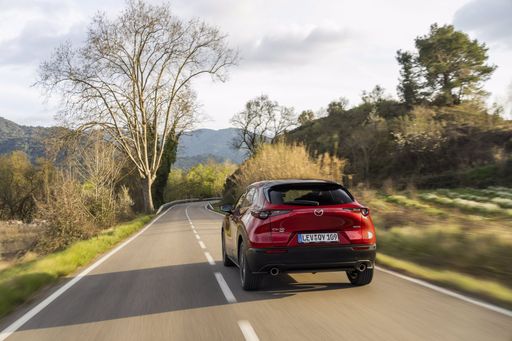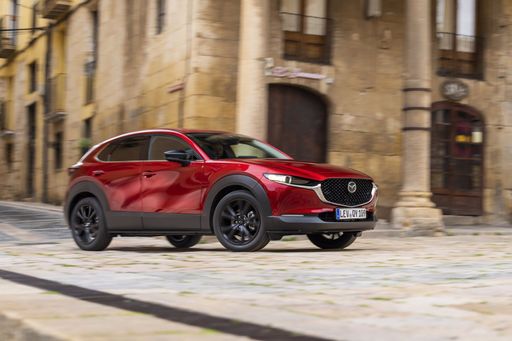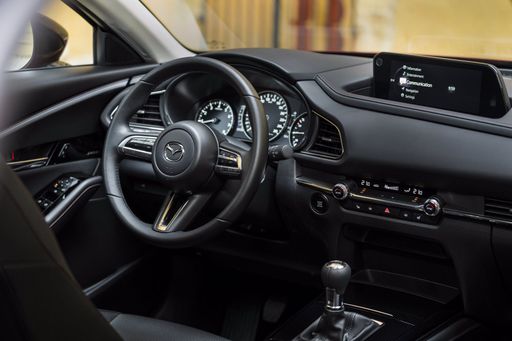The Hatchback vs. The SUV: A Closer Look at the Kia Ceed and Mazda CX-30
In the world of compact cars, the Kia Ceed and the Mazda CX-30 present two distinct yet compelling options for buyers in 2024. With both vehicles offering innovative technology and performance-oriented specs, there is much to compare and contrast. While the Kia Ceed takes on the persona of a reliable hatchback, the Mazda CX-30 enters with the heightened stance and practicality of an SUV.


